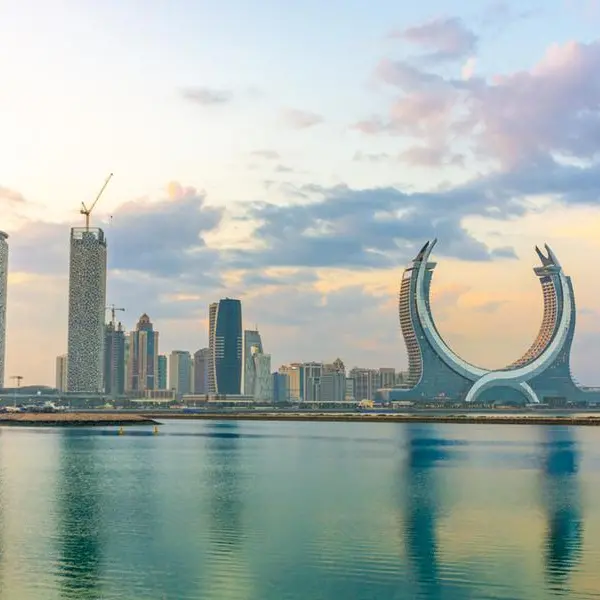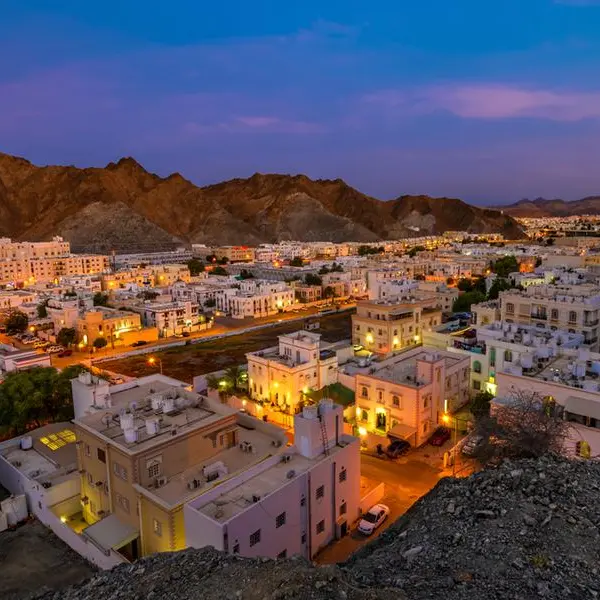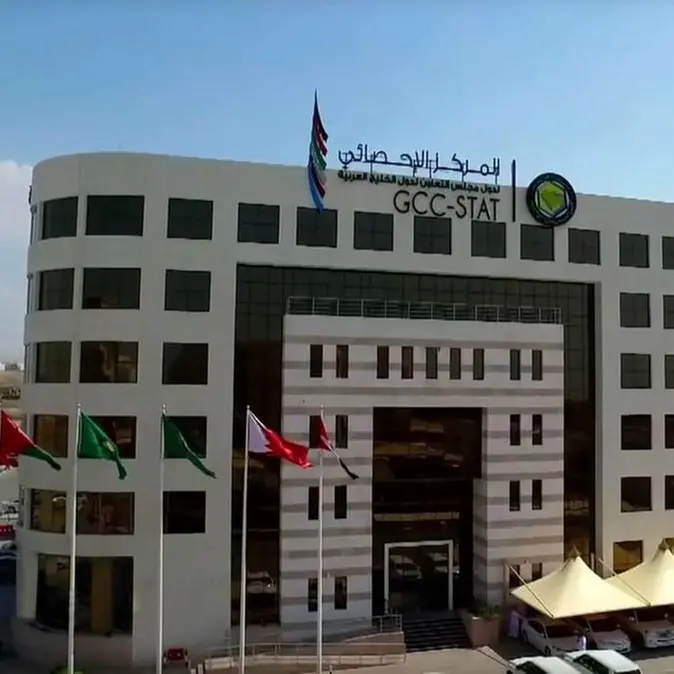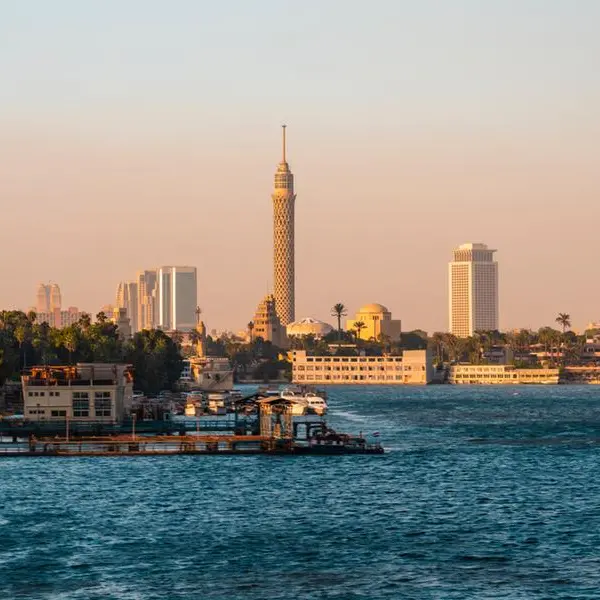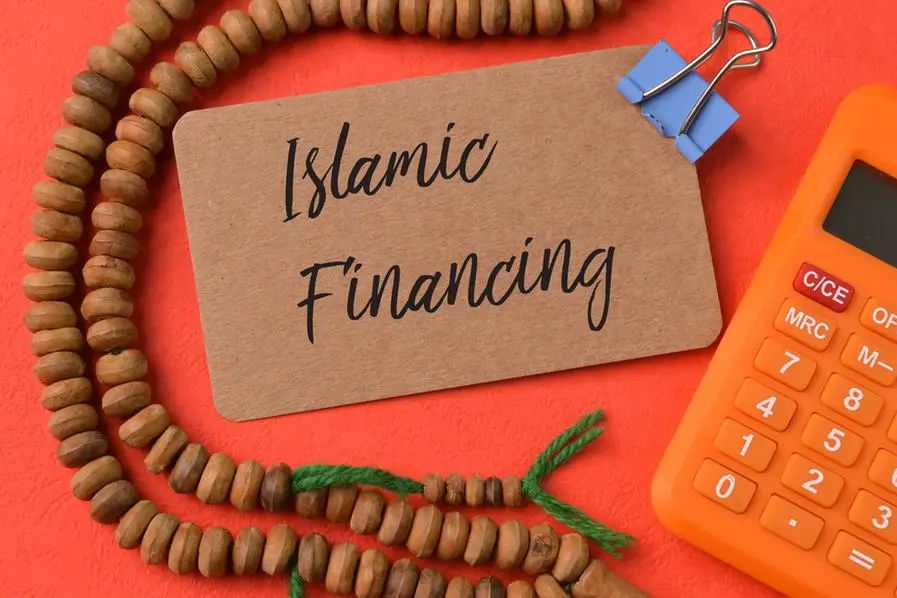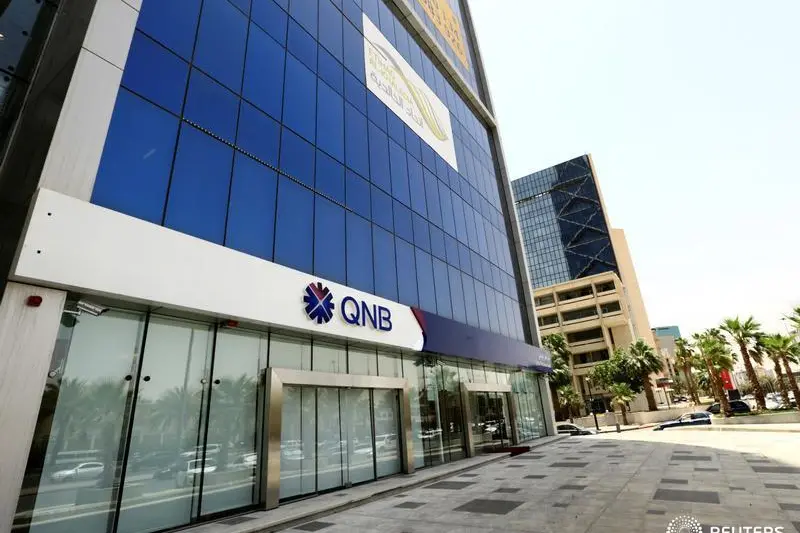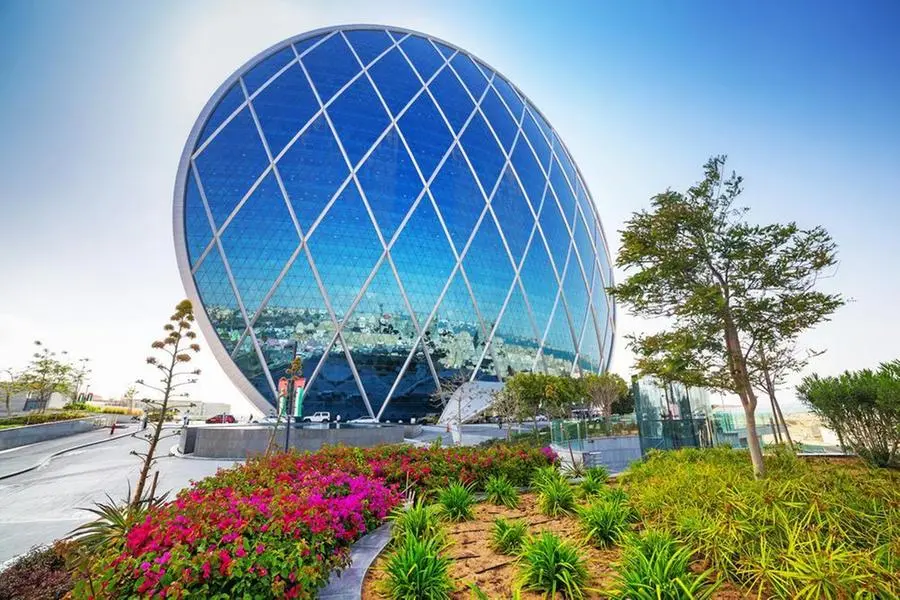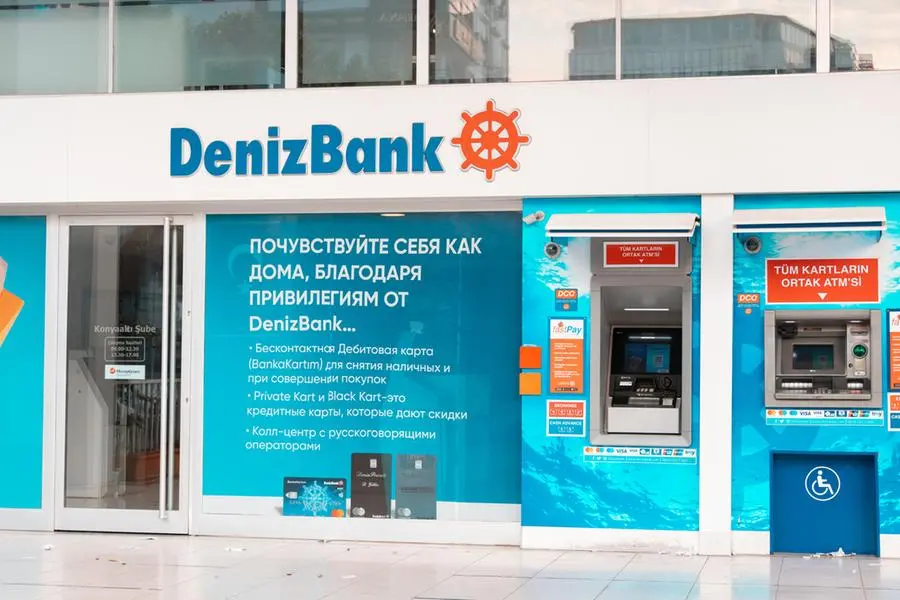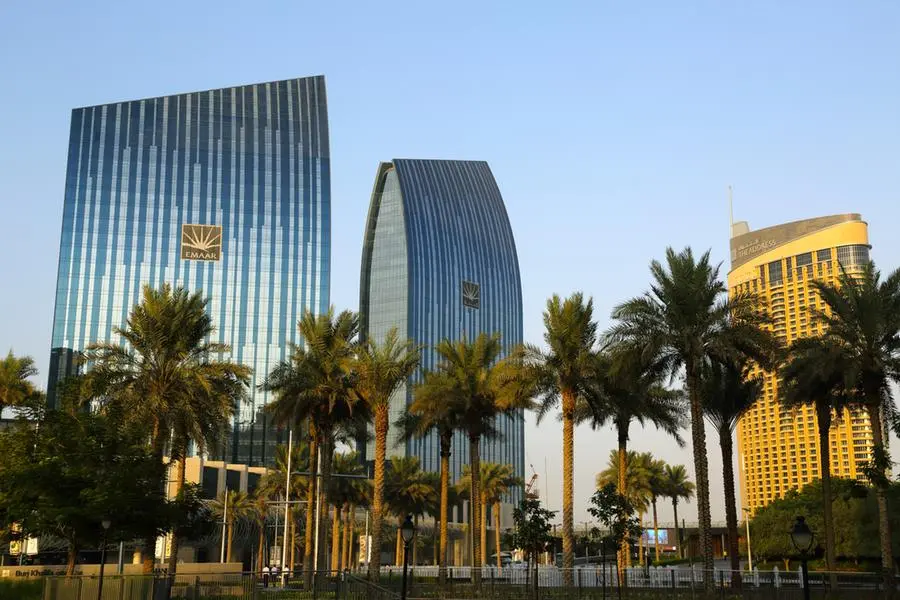PHOTO
Muscat, Oman's port capital, sits on the Gulf of Oman surrounded by mountains and desert. Getty Images Image used for illustrative purpose.
Strategically positioned at the crossroads of major global trade routes, Oman is embarking on an ambitious connectivity revolution that promises to transform its economic landscape. The Sultanate of Oman’s comprehensive infrastructure development across road, rail, air, and sea transport is becoming a cornerstone of its Oman Vision 2040 economic diversification strategy, positioning the country as an emerging logistics powerhouse in the region.
Oman’s massive investment in connectivity infrastructure represents one of its most compelling value propositions for both local and international investors. The Oman Transportation Infrastructure Construction market is projected to reach $2.38 billion by 2025, with robust growth expected through 2033.
This development is not merely about building roads and ports — it’s about creating an integrated ecosystem that enhances Oman’s competitiveness on the global stage.
The country’s well-maintained road network already ranks among the top globally for quality, with 62,240 kilometres of roads including nearly 2,000 kilometres of expressways.
Major projects like the dualisation of Sultan Said bin Taimur Road connecting the north and south and the expansion of the Muscat Expressway demonstrate the government’s commitment to enhancing domestic connectivity.
Perhaps the most transformative element of Oman’s connectivity strategy is its railway development plan. While the country currently lacks a mainline railway network, the Oman-UAE Railway Project (Hafeet Rail) represents a significant step forward.
This 303-kilometre cross-border link will connect Sohar Port to Al Ain in Abu Dhabi, dramatically reducing travel times — passenger trains will cover the distance between Sohar and Abu Dhabi in just 100 minutes.
The railway’s impact extends beyond passenger transport. Commercial partnerships like the agreement with EMSTEEL to transport substantial volumes of limestone and red shale from Oman to the UAE will revolutionise freight movement. With an annual freight volume of 4.2 million tonnes over a 15-year term, this project alone demonstrates the economic potential of rail connectivity for industrial players.
Looking ahead, Oman’s plans for a comprehensive national railway network spanning 2,135 kilometres will create a transformative transportation backbone, connecting major ports, industrial hubs and population centres.
The proposed phased development includes high-speed lines capable of 350 km/h for passengers and 200 km/h for freight, positioning Oman at the forefront of regional transportation technology.
This connectivity revolution aligns perfectly with Oman Vision 2040’s economic diversification goals. By enhancing logistics efficiency, Oman is creating the foundation for growth across multiple sectors. Improved connectivity reduces transportation costs and time-to-market, making Oman more attractive for manufacturing operations.
The efficient movement of raw materials and finished goods enhances productivity and competitiveness, opening new opportunities for industrial investors.
Enhanced road networks to destinations like Al Jabal Al Akhdhar and Musandam, coupled with modern airports in Muscat, Salalah, Duqm, and Sohar, are making Oman’s diverse attractions more accessible to international visitors, creating significant opportunities in the hospitality and tourism services sectors.
With strategically located ports like Salalah, Sohar and Duqm, Oman is cementing its position as a key logistics hub.
These ports offer advanced cargo handling capabilities and efficient clearance processes, with cargo clearance averaging no more than six hours.
For import-export businesses, this efficiency represents a competitive advantage when establishing regional operations
The government, through initiatives like the Small and Medium Enterprises Development Authority, is actively creating opportunities for SMEs in transport and logistics, fostering entrepreneurship and economic inclusion. Local entrepreneurs can explore specialised logistics solutions, last-mile delivery services for e-commerce and digital platforms to expand their operational capabilities.
The ripple effects of this connectivity revolution extend to foreign investment and job creation. Foreign Direct Investment (FDI) in Oman has increased by 17% over the past five years, reaching a cumulative value of RO 30 billion by Q4 2024. Key sectors attracting significant FDI include transport and logistics, renewable energy and manufacturing — all benefiting from enhanced connectivity.
Oman Investment Authority (OIA), the country’s sovereign wealth fund, plays a pivotal role in this transformation by strategically investing in infrastructure projects that enhance the country’s connectivity while generating sustainable returns.
2022 © All right reserved for Oman Establishment for Press, Publication and Advertising (OEPPA) Provided by SyndiGate Media Inc. (Syndigate.info).

